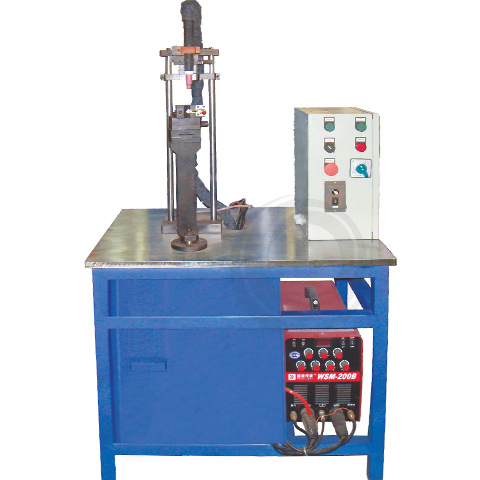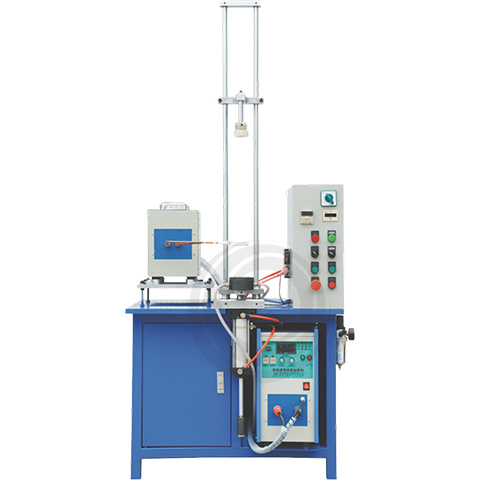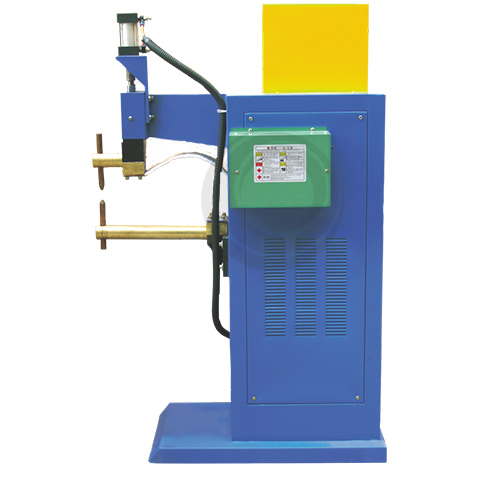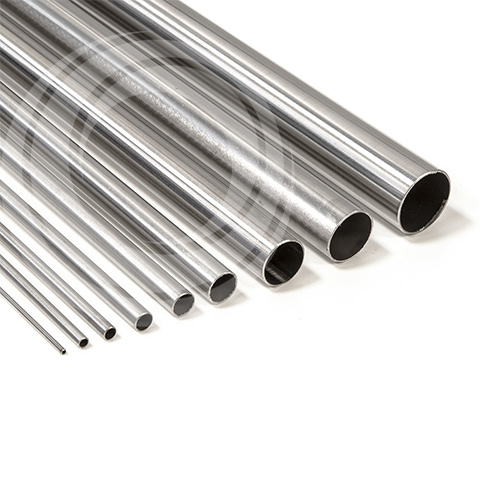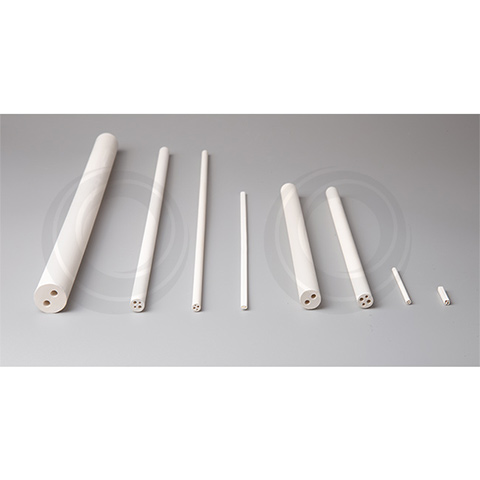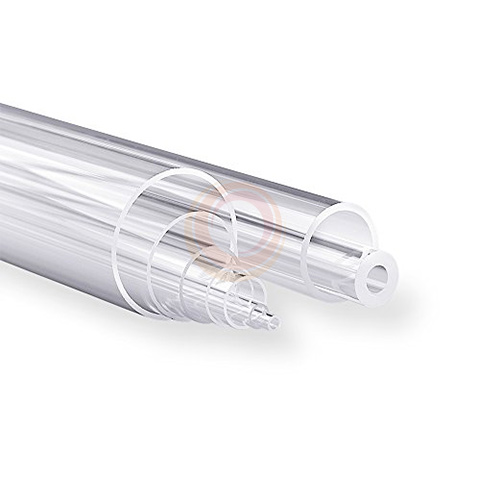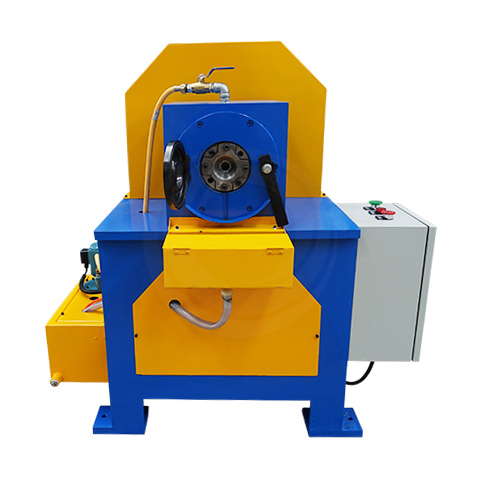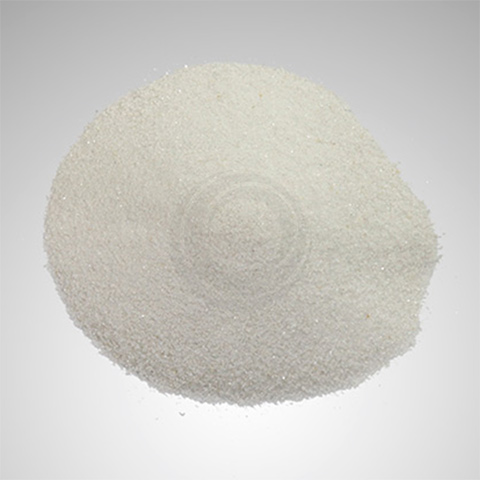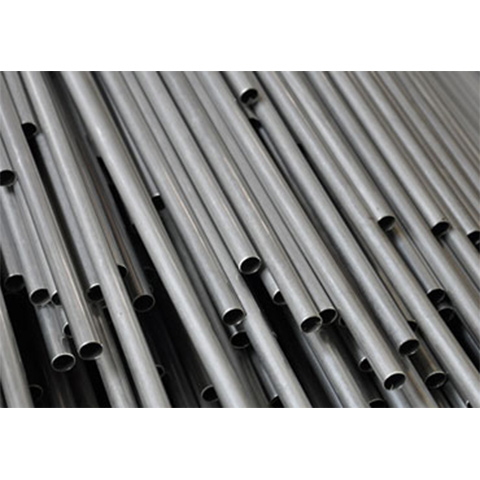Welding Process
- Arc Welding (argon arc welding, manual arc welding, submerged arc welding, tungsten gas arc welding, plasma arc welding, gas arc welding);
- Resistance Welding: electroslag welding, high-frequency welding;
- High energy beam welding (electron beam welding, laser welding)
- Soldering
- Welding with chemical energy: gas welding, gas pressure welding, explosive welding;
- Welding with mechanical energy: friction welding, cold pressure welding, ultrasonic welding, diffusion welding.
| Welding Process | Precision | Amorphosis | Thermal Effect | Welding Quality | Solder | Conditions of Use |
| Laser Welding | Precision | Small | Tiny | Good | NO | |
| Soldering | Refined and Rough | Normal | Normal | Normal | YES | Integral Heating |
| Resistance Welding | Refined and Rough | Big | Big | Normal | NO | Electrode Required |
| Argon ARC Welding | Normal | Big | Big | Normal | YES | Electrode Required |
| Plasma ARC Welding | Preferably | Normal | Normal | Normal | YES | Electrode Required |
| Electron Beam Welding | Precision | Small | Big | Good | NO | Need a Vacuum |
1.Arc Welding
Arc welding is the most widely used welding method at present. It includes: hand arc welding, submerged arc welding, tungsten gas arc welding, plasma arc welding, metal gas arc welding and so on. Most arc welding uses the burning arc between the electrode and the workpiece as the heat source.
The joint may or may not be formed with filler metal. When the electrode used is a wire that melts during the welding process, it is called melting arc welding, such as hand arc welding, submerged arc welding, gas shielded arc welding, tubular wire arc welding, etc.; the electrode used does not melt during the welding process. When using carbon rods or tungsten rods, it is called non-melting arc welding, such as tungsten arc welding, plasma arc welding, etc.
(1)Manual Arc Welding
Manual arc welding is one of the most developed and widely used welding methods in various arc welding methods. It is an externally coated electrode and filler metal, and the arc is burned between the end of the electrode and the surface of the workpiece to be welded.
On the one hand, the coating can produce gas to protect the arc under the arc heat action, and on the other hand, it can produce slag to cover the surface of the molten pool to prevent the interaction between the molten metal and the surrounding gas. The more important function of slag is to produce physical and chemical reaction with molten metal or add alloying elements to improve the performance of weld metal. Manual arc welding equipment is simple, light and flexible.
It can be used for the welding of short joints in maintenance and assembly, especially for the welding of parts that are difficult to reach. Manual arc welding with the corresponding electrode can be applied to most industrial carbon steel, stainless steel, cast iron, copper, aluminum, nickel and their alloys.
(2)Submerged Arc Welding
Submerged arc welding uses continuous wire as electrode and filler metal. When welding, a layer of granular flux is covered above the welding zone, and the arc burns under the flux layer, melting the end of the wire and the local base metal to form a weld.
Under the action of arc heat, the upper part of the flux melts the slag and metallurgically reacts with the liquid metal. Molten slag floating on the surface of the metal melt pool, on the one hand, can protect the weld metal, prevent air pollution, and produce physical and chemical reactions with the molten metal, improve the 10,000 and performance of the weld metal; On the other hand, it can also make the weld metal slowly cold. Submerged arc welding can use larger welding current.
Compared with hand arc welding, its biggest advantages are good weld quality and high welding speed. Therefore, it is particularly suitable for welding ring joints of straight seams of large workpieces. And most of the use of mechanized welding. Submerged arc welding has been widely used in the welding of carbon steel, low alloy structural steel and stainless steel. Because the slag can reduce the cooling rate of the joint, some high-strength structural steel and high-carbon steel can also be welded by submerged arc welding.
(3)Tungsten Gas Arc Welding
This is a non-melting electrode gas shielded arc welding, which uses the arc between the tungsten electrode and the workpiece to melt the metal and form a weld. Tungsten is extremely non-melting in the welding process and only acts as an electrode. At the same time, argon or helium gas is fed into the nozzle of the welding torch for protection.
Additional metals can be added as needed. Internationally known as TIG welding. Tungsten gas arc welding is an excellent method for joining sheet metal and under soldering due to its good control of heat input. This method can be used to join almost all metals, especially for welding aluminum, magnesium, which can form refractory oxides, and active metals such as titanium and zirconium. The weld quality of this welding method is high, but the welding speed is slow compared with other arc welding.
(4)Plasma Arc Welding
Plasma arc welding is also a non-melting electrode arc welding. It is the use of the electrode and the workpiece between the compression arc (called the transfer arc) to achieve welding. The electrodes used are usually tungsten. The plasma gas that produces the plasma arc can be argon, nitrogen, helium, or a mixture of both.
It is also protected by inert gas through the nozzle. Welding can be performed with or without filler metal. In plasma arc welding, because of its straight arc and high energy density, the arc penetration ability is strong. The keyhole effect produced by plasma arc welding can be used for most metals within a certain thickness range without bevelling, and can ensure that the penetration and weld are uniform.
Therefore, plasma arc welding has high productivity and good weld quality. However, the plasma arc welding equipment (including nozzle) is more complex, and the control requirements of welding process parameters are higher. Most of the metals that can be welded by tungsten gas arc welding can be welded by plasma arc welding. In contrast, for the welding of extremely thin metals below 1mm, it is easier to use plasma arc welding.
(5)Mig Arc Welding
This welding method uses the burning arc between the continuous wire and the workpiece as the heat source, and the arc is protected by the gas emitted from the torch nozzle. The usual shielding gases used in MIG arc welding are: argon, helium, CO2 or a mixture of these gases.
When argon or helium is used as the shielding gas, it is called MIG arc welding (referred to as MIG welding in the world); When inert gas and oxidizing gas (O2,CO2) mixture is used as the protective gas, or CO2 gas or CO2+O2 mixture is used as the protective gas, collectively referred to as the melt-electrode active gas shielded arc welding (referred to as MAG welding in the international community).
The main advantages of MIG arc welding are that it can be easily welded in various positions, and it also has the advantages of fast welding speed and high deposition rate. Melt-active gas arc welding can be applied to most major metals, including carbon steel and alloy steel. Mig welding is suitable for stainless steel, aluminum, magnesium, copper, titanium, zirconium and nickel alloys. This welding method can also be used for arc spot welding.
(6)Tubular Wire Arc Welding
Tubular wire arc welding also uses the burning arc between the continuous wire and the workpiece as a heat source for welding, which can be considered as a type of MIG welding. The welding wire used is a tubular welding wire with a flux of various components in the tube.
Welding, plus protective gas, mainly CO. The flux is decomposed or melted by heat, and plays the role of slag-forming, protecting the solution pool, alloying and stabilizing arc. In addition to the above advantages of gas shielded arc welding, tubular wire arc welding has more advantages in metallurgy due to the action of tube flux. Tubular wire arc welding can be applied to the welding of various joints of most ferrous metals. Tubular wire arc welding has been widely used in some industrial advanced countries.
2.Resistance Welding
This is a kind of welding method with resistance heat as energy, including electroslag welding with slag resistance heat as energy and resistance welding with solid resistance heat as energy. Here mainly introduces several solid resistance heat as the energy of resistance welding, mainly spot welding, seam welding, projection welding and butt welding.
Resistance welding is generally a welding method that makes the workpiece under a certain electrode pressure and uses the resistance heat generated when the current passes through the workpiece to melt the contact surface between the two workpieces and realize the connection. A larger current is usually used. In order to prevent arcing on the contact surface and to forge the weld metal, pressure is always applied during welding.
When performing this type of resistance welding, the surface of the workpiece to be soldered is of primary importance for obtaining stable welding quality. Therefore, the electrode and the workpiece and the contact surface between the workpiece and the workpiece must be cleaned before welding. Spot welding, seam welding and projection welding welding current (single phase) is large (thousands to tens of thousands of amps), the power time is short (a few weeks to a few seconds), the equipment is expensive, complex, high productivity, so suitable for mass production. Mainly used for welding thin plate components with thickness less than 3mm. All kinds of steel, aluminum, magnesium and other non-ferrous metals and their alloys, stainless steel can be welded.
(1)Electroslag Welding
Electroslag welding is a welding method using the resistance heat of slag as the energy source. The welding process is carried out in the vertical welding position, in the assembly gap formed by the end faces of the two workpieces and the water-cooled copper sliders on both sides. During welding, the end of the workpiece is melted by the resistance heat generated by the current passing through the slag. According to the electrode shape used in welding, electroslag welding is divided into wire electroslag welding, plate electroslag welding and nozzle electroslag welding.
The advantages of electroslag welding are: the thickness of the weldable workpiece is large (from 30mm to more than 1000mm), and the productivity is high. Mainly used in the section butt joint and T-joint welding. Electroslag welding can be used for the welding of various steel structures, and can also be used for the welding of castings. Due to the slow heating and cooling of the electroslag welding head, the heat affected zone is wide, the microstructure is coarse, and the toughness, so it is generally necessary to normalize after welding.
(2)High-frequency Welding
High frequency welding uses solid resistance heat as energy source. During welding, the resistance heat generated in the workpiece by the high-frequency current is used to heat the surface surface of the workpiece welding zone to a molten or close plastic state, and then the metal bonding is achieved by applying (or not applying) the forging force. Therefore, it is a solid phase arc welding method. High-frequency welding can be divided into contact high-frequency welding and induction high-frequency welding according to the way that high-frequency current generates heat in the workpiece.
In contact high-frequency welding, high-frequency current is passed into the workpiece through mechanical contact with the workpiece. During induction welding, the high frequency current generates induction current in the workpiece through the coupling action of the induction ring outside the workpiece. High-frequency welding is a highly specialized welding method, and special equipment should be equipped according to the product. High productivity, welding speed up to 30m/min. It is mainly used for welding longitudinal or spiral seams when making pipes.
(3)Spot Welding
The weldment is pressed between two cylindrical electrodes and heated by electricity, so that the weldment is melted at the contact to form a molten core, and then powered off, and solidified and crystallized under pressure to form a dense solder joint.
Spot welding is suitable for welding sheet (lap joint) and steel bar below 4 mm, widely used in the production of automobiles, aircraft, electronics, instruments and daily necessities.
(4)Seam Welding
Seam welding is similar to spot welding, except that a rotating disk electrode is used instead of a cylindrical electrode. The superimposed workpieces are energized between the disks under pressure, and are fed with the rotation of the disks to form continuous welds.
Seam welding is suitable for welding thin sheet lapping with a thickness of less than 3 mm, mainly used in the production of sealed containers and pipelines.
(5)Butt Welding
According to the different welding process, butt welding can be divided into resistance butt welding and flash butt welding.
3.High Energy Beam Welding
This type of welding method includes: electron beam welding and laser welding.
(1)Electron Beam Welding
Electron beam welding is a method of welding the thermal energy generated when the concentrated high-speed electron beam bombards the workpiece surface. During electron beam welding, the electron beam is generated by the electron gun and accelerated. Common electron beam welding: high vacuum electron beam welding, low vacuum electron beam welding and non-vacuum electron beam welding.
The first two methods are carried out in a vacuum chamber. The welding preparation time (mainly the vacuum time) is long, and the workpiece size is limited by the size of the vacuum chamber. Compared with arc welding, electron beam welding is mainly characterized by large weld penetration, small weld width and high weld metal purity.
It can be used for precision welding of very thin materials, and can be used for welding of very thick (up to 300mm) components. All metals and alloys that can be fused by other welding methods can be welded by electron beam welding. It is mainly used for the welding of products requiring high quality, and can also solve the welding of dissimilar metals, easily oxidized metals and refractory metals, but it is not suitable for large quantities of products.
(2)Laser Welding
Laser welding is a welding process that uses a laser beam focused by a high-power coherent monochromatic photon stream as a heat source. This welding method usually has continuous power laser welding and pulsed power laser welding. The advantage of laser welding is that it does not need to be carried out in a vacuum, and the disadvantage is that the penetration is not as strong as electron beam welding. Laser welding can achieve precise energy control, so it can realize the welding of precision micro devices. It can be applied to many metals, especially to solve the welding of some difficult metals and dissimilar metals.
4.Brazing
The energy source of brazing can be chemical reaction heat or indirect heat energy. It uses a metal with a melting point lower than the melting point of the material to be welded as a brazing filler metal, and melts the brazing filler metal by heating, and wets the welded metal surface by capillary action into the gap between the contact surface of the joint, so that the liquid phase and the solid phase are mutually diffused to form a brazing head. Therefore, brazing is a solid phase and liquid phase welding method.
The brazing heating temperature is low, the base material does not melt, and no pressure is required. However, before welding, certain measures must be taken to remove the oil, dust and oxide film on the surface of the welder. This is an important guarantee for making the workpiece wettability good and ensuring the quality of the joint.
When the liquidus humidity of the filler metal is higher than 450℃ and lower than the melting point of the base metal, it is called brazing. Below 450 ° C, it is called brazing. According to different heat sources or heating methods brazing can be divided into: flame brazing, induction brazing, furnace brazing, dip brazing, resistance brazing and so on.
Because the heating temperature is relatively low during brazing, it has less influence on the performance of the workpiece material, and the stress deformation of the weldment is also small. However, the strength of the brazed joint is generally low, and the heat resistance is poor. Brazing can be used to weld carbon steel, stainless steel, superalloy, aluminum, copper and other metal materials, and can also connect dissimilar metals, metals and non-metals. Suitable for welding joints with small load or working at room temperature, especially suitable for precision, micro and complex multi-brazed welds.
5.Other Welding Methods
(1)Gas Welding
Gas welding is a welding method using gas flame as heat source. The most widely used oxygen-acetylene flame is fueled by acetylene gas. Because the equipment is simple, the operation is convenient, but the heating speed and productivity of gas welding are low, the heat affected zone is large, and it is easy to cause large deformation. Gas welding can be used for the welding of many ferrous metals, non-ferrous metals and alloys. Generally suitable for maintenance and single sheet welding.
(2)Gas Pressure Welding
Like gas welding, gas pressure welding also uses a gas flame as a heat source. When welding, the ends of the two jointed workpieces are heated to a certain temperature, and then enough pressure is applied to obtain a strong joint. It's a solid phase welding. Pneumatic welding without filler metal, often used in rail welding and steel welding.
(3)Explosive Welding
Explosive welding is also another solid phase welding method using chemical reaction heat as energy source. But it uses the energy generated by explosive explosions to achieve metal connections. Under the action of the explosion wave, two pieces of metal can be accelerated in less than a second to form a metal bond.
Among various welding methods, explosive welding can weld the widest range of dissimilar metal combinations. Two metallurgically incompatible metals can be welded into various transition joints by explosive welding. Explosive welding is mainly used for flat plate coating with large surface area and is an efficient method for manufacturing composite plates.
(4)Friction Welding
Friction welding is a solid phase welding with mechanical energy. It uses the heat generated by mechanical friction between two surfaces to realize the connection of metals. The heat of friction welding is concentrated at the joint surface, so the heat affected zone is narrow. The pressure between the two surfaces must be applied, and in most cases the pressure is increased at the end of the heating, so that the hot metal is combined by the top forging, and the joint surface is generally not melted. Friction welding productivity is high, in principle, almost all metals that can be hot forged can be friction welding. Friction welding can also be used for welding dissimilar metals. It is suitable for workpieces with a maximum diameter of 100mm and a circular cross-section.
(5)Ultrasonic Welding
Ultrasonic welding is also a solid phase welding method using mechanical energy. When ultrasonic welding is carried out, the welding workpiece under low static pressure, the high-frequency vibration emitted by the acoustic pole can make the joint surface produce strong cracking friction and heat to the welding temperature to form a joint. Ultrasonic welding can be used for welding between most metal materials, and can realize the welding between metal, dissimilar metal and metal and non-metal. It can be used for repeated production of metal wire, foil or sheet metal joint below 2 ~ 3mm.
(6)Diffusion Welding
Diffusion welding is generally a solid phase welding method using indirect heat energy as energy source. This is usually done in a vacuum or protected atmosphere. When welding, the surface of the two welded parts is contacted at high temperature and greater pressure and kept warm for a certain time to achieve the distance between the atoms, and the atoms are combined through simple mutual diffusion.
Before welding, it is not only necessary to clean the impurities such as oxides on the surface of the workpiece, but also the surface roughness should be lower than a certain value to ensure the welding quality. Diffusion welding has almost no harmful effect on the properties of the materials to be welded. It can weld many homologous and dissimilar metals as well as some non-metallic materials, such as Ceramics. Diffusion welding can be used to weld complex structures and workpieces with large thickness differences.

